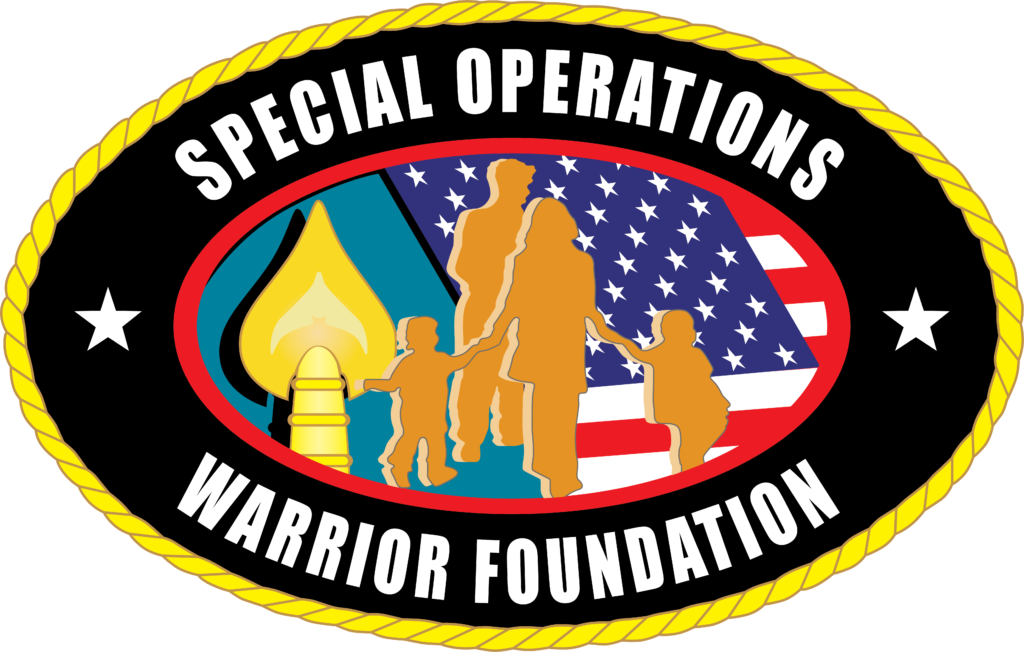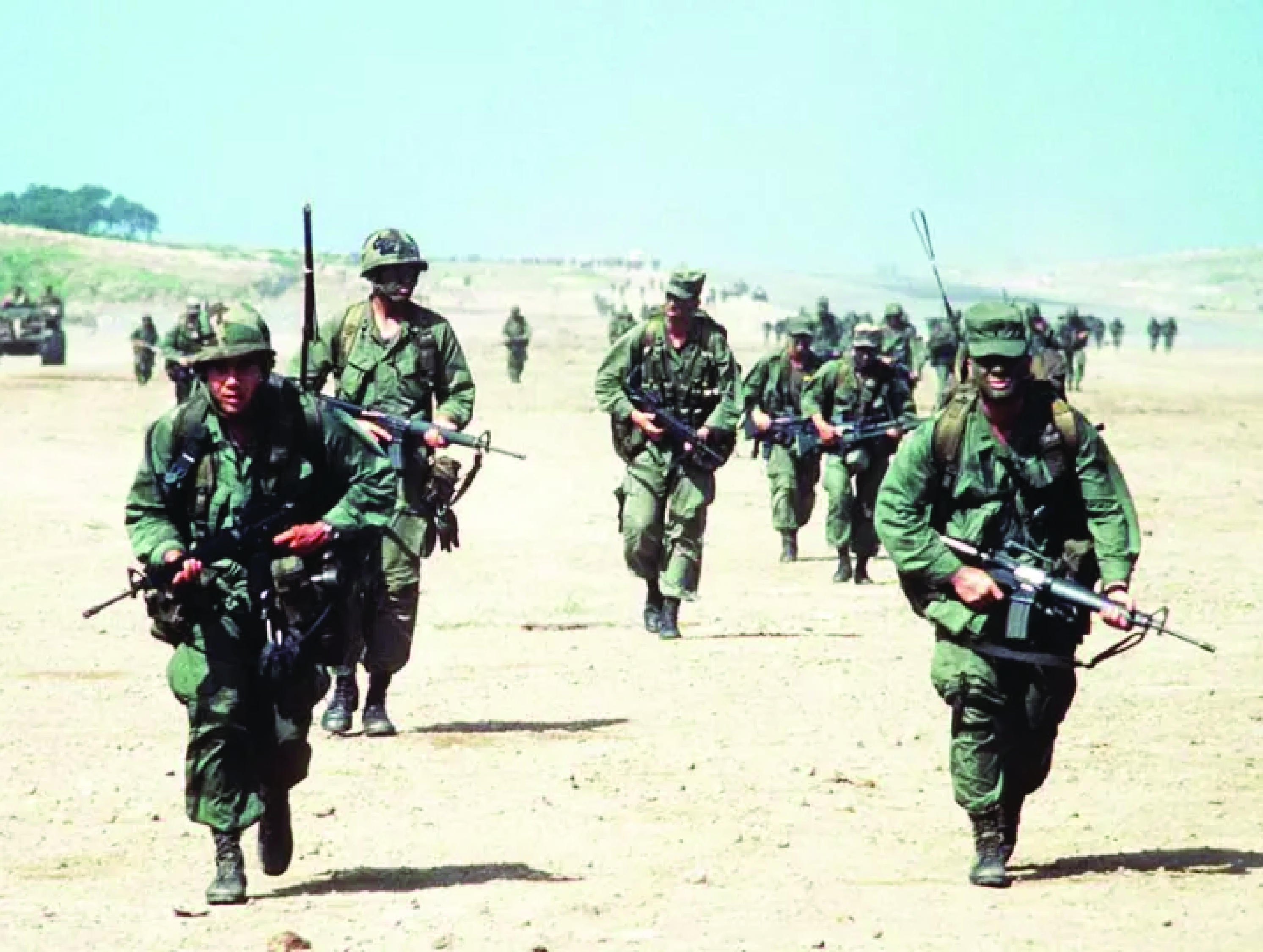After the failure of Operation Eagle Claw in 1980, the next significant operation for U.S. Special Operations Forces (SOF) was Operation Urgent Fury in 1983.
Operation Urgent Fury was a military intervention by the United States in Grenada. It was triggered by the internal strife within the People’s Revolutionary Government that resulted in the house arrest and execution of Prime Minister, Maurice Bishop. The United States, along with several Caribbean nations, launched a joint invasion of Grenada to restore order and protect American citizens living there.
The operation involved various branches of the U.S. military, including Army Rangers, Special Forces, Navy SEALs, and other special operations units. The success of Operation Urgent Fury marked a significant moment for U.S. Special Operations Forces, demonstrating their capability to execute complex operations effectively.
The backstory of Operation Urgent Fury lies in the political turmoil that engulfed Grenada after the 1979 Marxist coup led by Maurice Bishop. Although initially welcomed by some sectors of the population, Bishop’s government soon faced internal divisions. In 1983, a power struggle within the ruling People’s Revolutionary Government (PRG) culminated in Bishop’s execution and the imposition of martial law by a military council.
The deteriorating situation in Grenada, coupled with concerns about the safety of American citizens, prompted the Reagan administration to authorize military intervention. On October 25, 1983, Operation Urgent Fury began with a joint assault by U.S. Special Operations Forces, including Army Rangers, Navy SEALs, and Delta Force operators, supported by conventional forces.
Operation Urgent Fury achieved its primary objectives, including the rescue of American citizens and the restoration of relative stability in Grenada.


